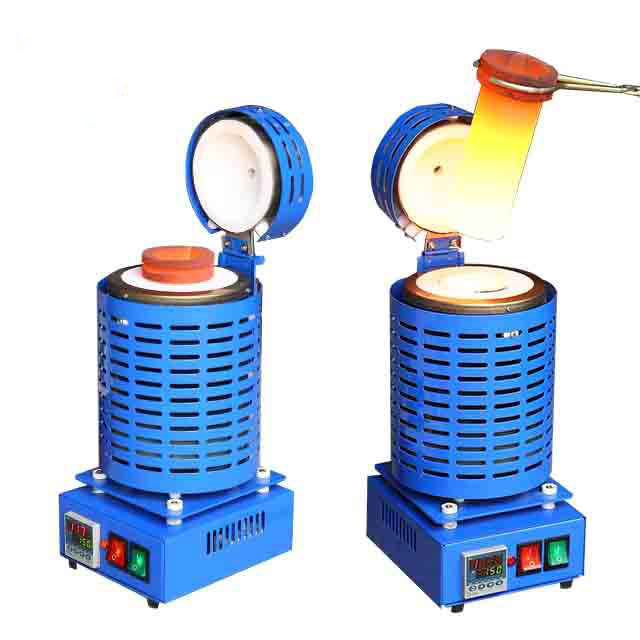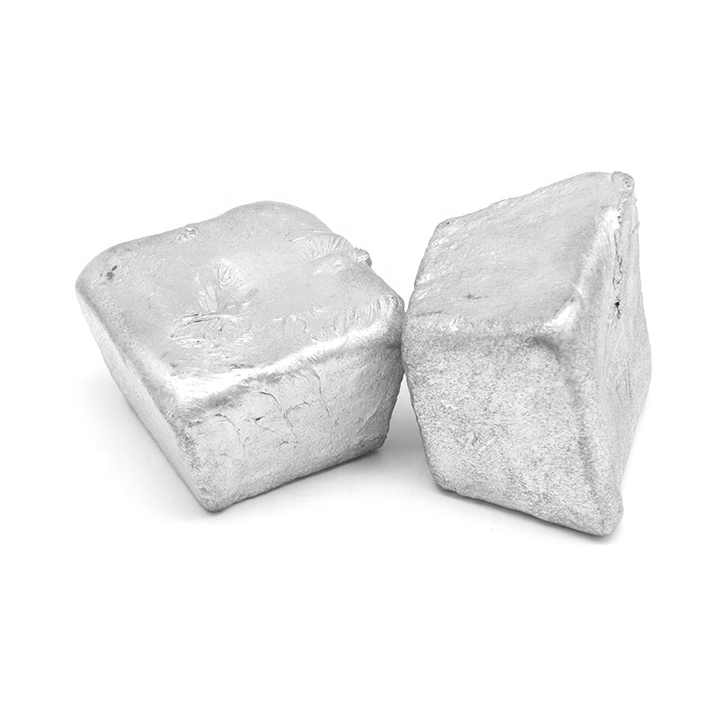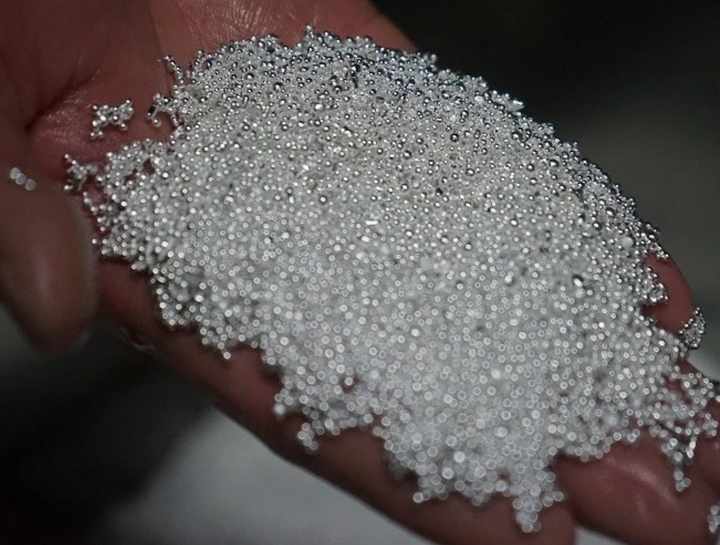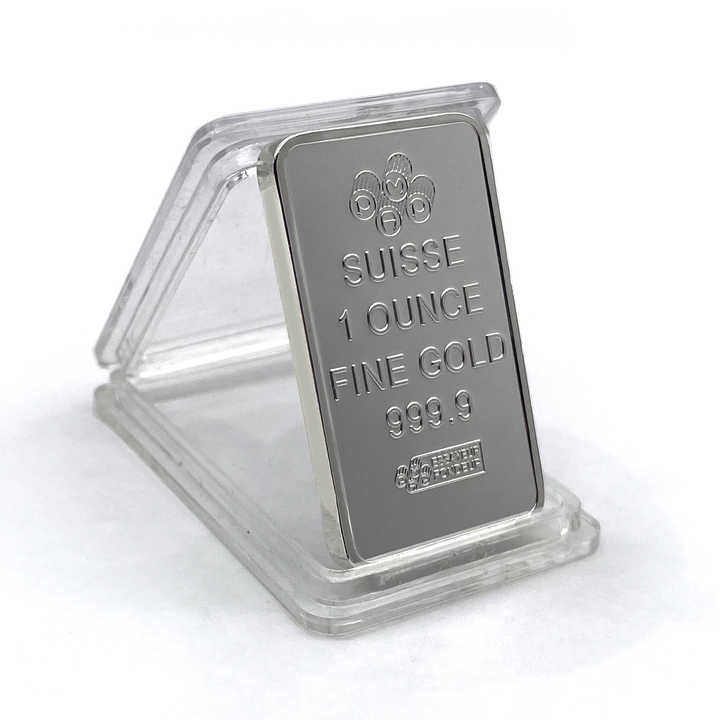silver sand smelting

Silver Sand Smelting: Understanding the Process
Silver sand smelting refers to the process of extracting silver from sand or ore that contains traces of silver. This technique is vital for miners and metalworkers who aim to refine silver and remove impurities. Smelting involves heating the materials at high temperatures to separate the desired metal from its ore. In the case of silver sand smelting, the goal is to extract pure silver from the raw material. This article will walk through the steps, tools, and considerations involved in this process.

What Is Silver Sand?
Silver sand refers to sand or finely crushed ore that contains silver particles. This can come from various geological sources, often as a by-product of mining operations. The silver in the sand is not typically in its pure metallic form but instead combined with other materials like sulfur or lead. Smelting is required to extract silver in a usable form.

Steps Involved in Silver Sand Smelting
- Preparation of the Silver Sand Before smelting begins, it is essential to prepare the silver sand by removing any large impurities, such as rocks or unwanted minerals. The sand is often crushed into finer particles to ensure the extraction process is more efficient.
- Adding Flux Flux is a critical substance in the smelting process, used to remove impurities from the silver sand. Commonly used fluxes include borax, soda ash, and silica. These materials help bind with the impurities to form a slag, which floats on top of the molten metal, making it easier to remove.
- Heating the Furnace The furnace is heated to temperatures above 1,200°C (2,192°F), which is required to melt the silver ore and separate it from other minerals. The type of furnace used can vary, but the most common ones include electric arc furnaces or gas-powered ones designed for smelting metals.
- Melting the Silver Sand Once the furnace reaches the appropriate temperature, the silver sand and flux are placed inside. The high heat melts the silver-bearing ore, allowing the flux to combine with the impurities to form slag. The silver remains in liquid form at the bottom of the furnace.
- Removing the Slag As the flux and impurities rise to the surface, they form a slag layer that needs to be removed. This slag is skimmed off the top, leaving behind the molten silver, which can then be poured into molds.
- Cooling and Solidifying the Silver The molten silver is poured into molds to form ingots or other shapes. Once cooled, the silver solidifies, and the resulting product is often around 99% pure, though additional refining may be necessary to remove trace impurities.
Tools and Equipment for Silver Sand Smelting
Several tools and pieces of equipment are essential for a successful silver sand smelting process:
- Furnace: A high-temperature furnace is crucial for heating the silver sand to its melting point.
- Crucible: A heat-resistant container used to hold the silver sand and flux during the smelting process.
- Flux Materials: Substances like borax and soda ash help remove impurities by forming slag.
- Tongs and Protective Gear: Since smelting involves extremely high temperatures, protective gear like heat-resistant gloves, aprons, and face shields are necessary for safety.
- Molds: Once the silver is in liquid form, it needs to be poured into molds to solidify into the desired shape.
Benefits of Silver Sand Smelting
- Efficient Extraction: Smelting is one of the most efficient ways to extract silver from ore or sand, providing a high recovery rate for pure silver.
- Cost-Effective: For smaller-scale miners or hobbyists, smelting silver sand can be a more affordable way to obtain silver compared to other methods like chemical leaching.
- Versatility: The process can be adapted to various types of ore and impurities, making it suitable for different sources of silver.
Environmental and Safety Considerations
Smelting involves high temperatures and hazardous materials, so safety is a significant concern. The process also produces waste in the form of slag, which can contain harmful elements like lead or arsenic. Proper ventilation, protective equipment, and waste disposal measures are essential to prevent harm to workers and the environment.
Silver sand smelting is a time-tested method for extracting silver from ore or sand. The process requires careful preparation, specialized tools, and high heat to achieve successful results. By following the proper steps and using the right equipment, it is possible to extract silver efficiently and with high purity. Whether for industrial purposes or small-scale refining, silver sand smelting remains a valuable technique for obtaining this precious metal.















